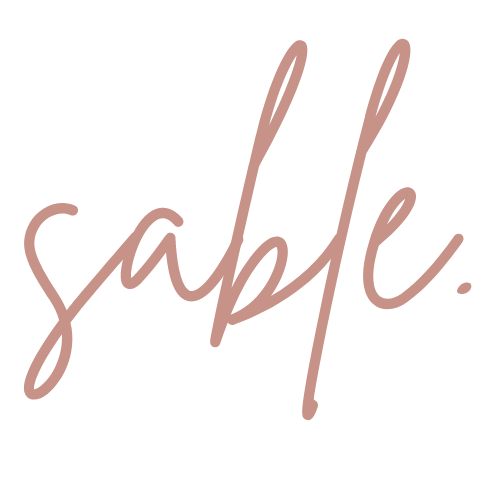Eight Items to Include In Your Fashion Brand Style Guide
If you think the word “branding” is simply a fancier word for “logo”, you’re mistaken. To put it in its most simple term, branding is the overall aesthetic of a particular business. Think of a brand as fulfilling at least two or three of the five senses: sight, hearing, touch, smell, and taste.
When it comes to defining your brand, packaging all of the information into a clean and organized document is the most efficient way to do it, especially if you allow people outside of your organization to use your brand elements for marketing purposes, like media outlets or influencers. You want everyone to be on the same page so your brand looks consistent and cohesive across all platforms and atmospheres.
You’ve probably seen “style guides” pop up on your Pinterest feed from time to time. And while these formats are helpful for a quick reference, let’s work on developing a more comprehensive guide with eight important brand elements.
Brand Story
Your brand story should include a clear description of the company’s purpose, vision, and values. Answer these four questions to get started:
Why did you start the business?
Who are your products/services for?
What is your mission statement?
What future plans do you have for your business?
Logo & Logo Variations
How should your logo be displayed on different applications? And more importantly, how shouldn’t it be displayed? Create a chart of what your logo and other brand elements should look like in regards to size, spacing, colors and platforms.
Color Scheme
Be sure to include all of your color properties for Pantone (products), CMYK (printed materials), and RGB and HEX codes (digital elements). Include a group of primary colors for your main palette and a group of secondary (or complementary) colors.
Typography
A major rule of thumb for working with different fonts is to limit your work to no more than three fonts per project. Keeping your fonts consistent allows for an increase in brand recognition over time.
Voice
Narrow down a list of three to five adjectives to define your brand personality. This will come in handy when creating captions for social media posts, emails, blog posts, and videos. You may also want to include a list of words to avoid on all of your platforms in order to keep your content on-brand and decrease confusion.
Photography
Display a mood board of photos that visually define your brand. Are you interested in showing images that display perfect lighting, a specific filter, or images of specific actions? Defining your photography mood board can help.
Illustrations / Icons
Similar to photography, if you’re incorporating illustrations and/or icons into your brand, they should illustrate the voice of your company through visuals.
Print and Digital Elements
All of the previously listed elements should transition well into both your printed and digital products. Print elements include business cards, letterheads, packaging, and store signage. While digital elements include your website, emails, social media graphics, and even digital ads.
Obviously, developing a brand style guide isn’t something that can be done overnight, but as a business owner, you should have a specific foundation in mind to build on as you move forward with marketing your brand.
Comment Below
Share your challenges with developing your brand’s style guide. If you don’t have a style guide, feel free to ask others how they got started with theirs.











